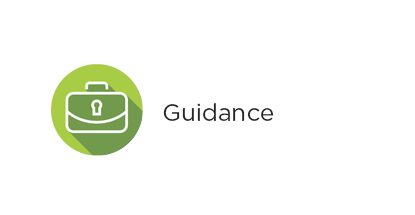
Special Reporting Considerations
A practitioner may be asked by their clients or third parties to perform special reporting engagements which may be outside of their standard practice. As there are many different types of engagements with varying assurance levels there can sometimes be confusion about who the client is, what standards are appropriate for the engagement, the nature of the reporting requirements, and the practitioner’s responsibilities. Before accepting such engagements, a practitioner may want to consider the following:
Understand the Engagement Request
A practitioner needs to fully understand the scope of the engagement, as well as who their client is and who they will be reporting to. Sometimes the requests can be unclear and confusion can arise if the requirements are not fully understood. In addition, third parties may not have sufficient knowledge of the specific requirements contained in the CPA Canada Handbook and the various standards. Often, they rely on the practitioner to use their professional judgement to interpret the request and for the practitioner to then apply the correct standards. In addition, if guidance is provided from the third party it may be outdated (e.g. they may reference an outdated report or use incorrect terminology in their request) and consequently the practitioner should perform their due diligence to apply the correct standards.
If the request is unclear the practitioner may need to go back to the third party or the client to obtain further information to clarify the request. The practitioner should have a clear understanding of the request, the subject matter they are being asked to report on, and the level of assurance that is being requested.
Competency and License Required to Perform the Engagement
Once the practitioner has a clear understanding of the engagement they should consider the subject matter being reported on and make an assessment of their professional competency in the area. In addition, they should ensure that they have the required public practice license to perform the engagement. For example, if they are asked to provide any kind of attestation or verification, this is a form of assurance, and requires the practitioner to hold a public practice license in the “audit” or “review” category.
Determine Which Standards Are Applicable to the Engagement
The next step is determining which standards are to be used for the engagement. It is important to exercise professional judgment and to ensure that the practitioner is using an updated version of the CPA Canada Handbook to reach a conclusion in light of the facts and circumstances of the engagement.
To assist the practitioner, CPA Canada has developed a Roadmap to the CPA Canada Assurance Handbook Tool. The Roadmap is an interactive tool used to help the practitioner identify which standards to use when providing services. The Roadmap should be used along with the Guide for Practitioners: Roadmap to the CPA Canada Handbook – Assurance tool. The guide is meant to assist the practitioner in using the Roadmap as it includes instructions and other guidance. A practitioner can use both of these resources to help them navigate the various standards that apply for special reports.
Determine the Assurance Level Required
The practitioner may be asked to provide various levels of assurance which can range from no assurance to limited assurance (review) to reasonable assurance (audit). The roadmap and guide referenced above provide definitions of the various levels of assurance.Accept or Decline the Engagement
Finally, before proceeding with the engagement, the practitioner should take a step back and ensure they fully understand the engagement, have the competencies and the public practice license required to perform the engagement and have determined which standards are to be applied.
Additional Resources
Some relevant links to assist you
Rate this Entry
Current rating: 0 yes votes, 0 no votes

